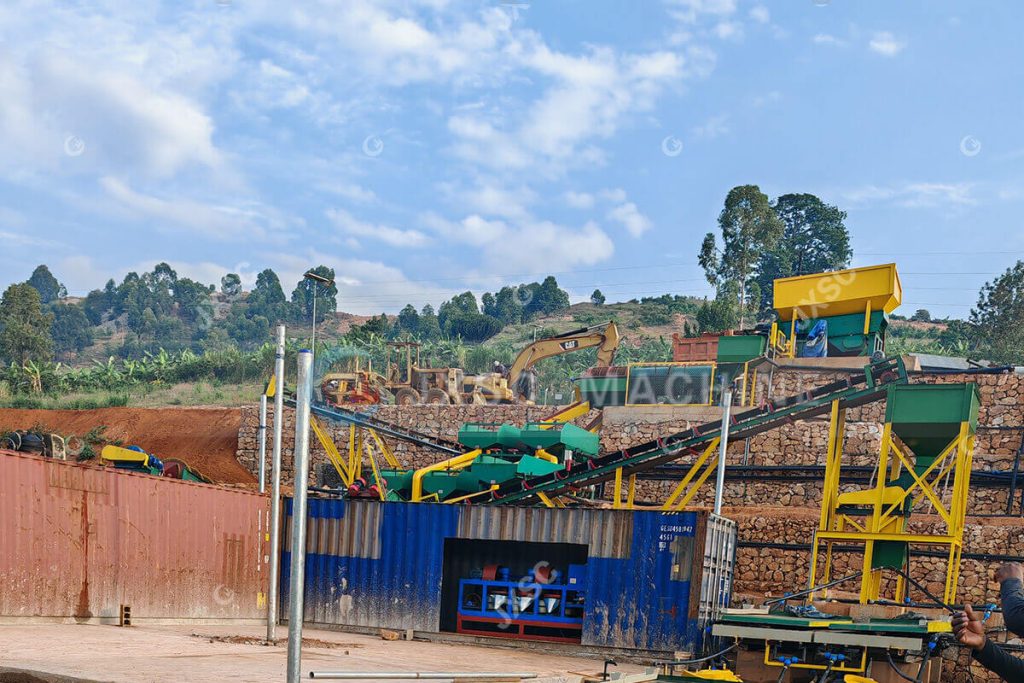Common Challenges In Tin Ore Beneficiation & Expert Solutions

Every step of the tin ore beneficiation process from raw ore to concentrate is like a precision gear meshing, which directly determines the final resource income and corporate profits. The whole process can be summarized as “pretreatment (crushing, cleaning), grinding, sorting, dehydration” four major links.
Tin Ore Process Flow
1. Pretreatment:
- Washing: If the surface of the raw material contains slime or other impurities, it is necessary to use a trommel scrubber or other ore washing machine to clean it to prevent clogging in the crushing chamber.
- Crushing: The raw ore is processed layer by layer by jaw, cone and other crushers, from several meters of large pieces to 5-10mm particles, reducing the subsequent load.
2. Grinding:
The ball mill/rod mill grinds the ore to less than 0.074mm (about 200 meshes) to separate the cassiterite and gangue monomers (usually requiring -0.074mm to account for more than 60%).
3. Tin Ore Sorting:
According to the characteristics of the ore, gravity separation (jigging machine, shaking table to recover coarse particles), flotation (flotation machine + phosphonic acid collector to capture fine particles), and magnetic separation (magnetic separator to remove iron impurities) are combined to enrich the raw tin into high-grade concentrate.
4. Dehydration:
The thickener initially reduces the water content to 30%, and the filter press finally dehydrates to ≤10%, meeting the requirements of transportation and smelting.


